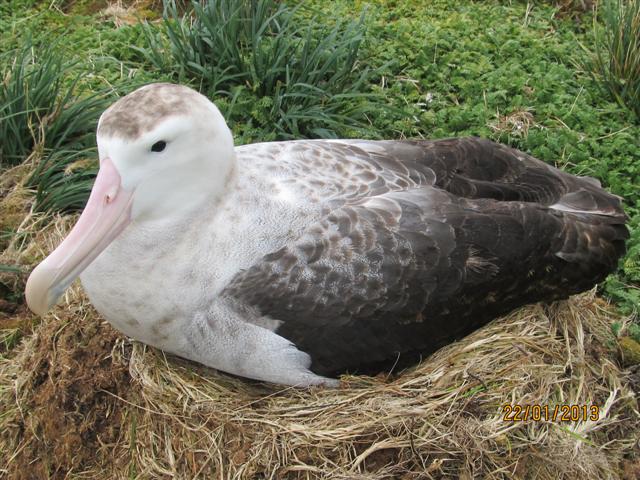Rocío Moreno (British Antarctic Survey, Cambridge, UK) and colleagues have published in the Journal of Animal Ecology on the trophic structure of a sub-Antarctic seabird community over time.
The paper’s summary follows:
- Understanding interspecific interactions, and the influences of anthropogenic disturbance and environmental change on communities, are key challenges in ecology. Despite the pressing need to understand these fundamental drivers of community structure and dynamics, only 17% of ecological studies conducted over the past three decades have been at the community level.
- Here, we assess the trophic structure of the procellariiform community breeding at South Georgia, to identify the factors that determine foraging niches and possible temporal changes. We collected conventional diet data from 13 sympatric species between 1974 and 2002, and quantified intra- and inter-guild, and annual variation in diet between and within foraging habits. In addition, we tested the reliability of stable isotope analysis (SIA) of seabird feathers collected over a 13-year period, in relation to those of their potential prey, as a tool to assess community structure when diets are diverse and there is high spatial heterogeneity in environmental baselines.
- Our results using conventional diet data identified a four-guild community structure, distinguishing species that mainly feed on crustaceans; large fish and squid; a mixture of crustaceans, small fish and squid; or carrion. In total, Antarctic krill Euphausia superba represented 32%, and 14 other species a further 46% of the combined diet of all 13 predators, underlining the reliance of this community on relatively few types of prey. Annual variation in trophic segregation depended on relative prey availability; however, our data did not provide evidence of changes in guild structure associated with a suggested decline in Antarctic krill abundance over the past 40 years.
- Reflecting the differences in δ15N of potential prey (crustaceans vs. squid vs. fish and carrion), analysis of δ15N in chick feathers identified a three-guild community structure that was constant over a 13-year period, but lacked the trophic cluster representing giant petrels which was identified using conventional diet data.
- Our study is the first in recent decades to examine dietary changes in seabird communities over time. Conventional dietary analysis provided better resolution of community structure than SIA. However, δ15N in chick feathers, which reflected trophic (level) specialization, was nevertheless an effective and less time-consuming means of monitoring temporal changes.

Wandering Albatross, photograph by Linda Clokie
Reference:
Moreno, R., Stowasser, G., McGill, R.A.R, Bearhop, S.& Phillips, R.A.2015. Assessing the structure and temporal dynamics of seabird communities: the challenge of capturing marine ecosystem complexity. Journal of Animal Ecology DOI: 10.1111/1365-2656.12434.
John Cooper, ACAP Information Officer, 11 October 2015

 English
English  Français
Français  Español
Español